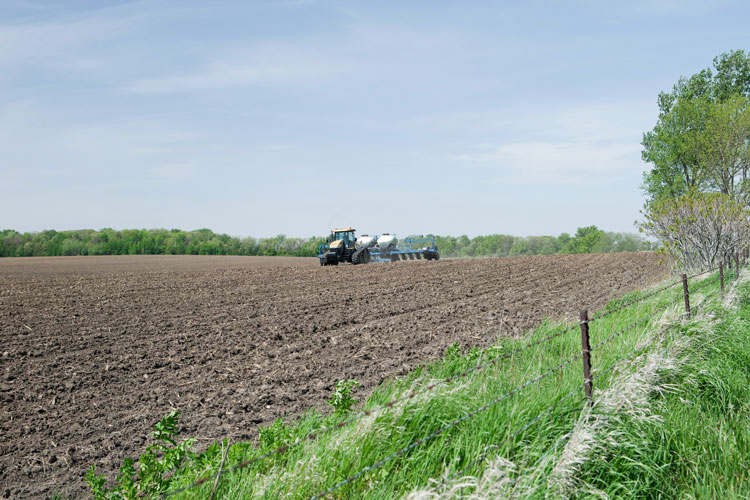
Particularly in tight financial years for agriculture, the argument for finding the economically optimal corn plant population has perpetuated. The challenge of this goal is that it is often difficult to find the economic optimum and then balance that with the yield optimum.
In a recent Midwest Forage Association Forage Focus article, the University of Wisconsin’s Joe Lauer emphasized that producers should be aware of the different inputs necessary for maximum yield versus economic optimization.
“The input level for economic optimum is lower than the level providing maximum yield,” Lauer said regarding his recommendations for determining seeding rate.
In research done at the University of Wisconsin from 2007 to 2016, plant population for producing maximum forage yield was 48,000 plants per acre, while maximum milk per acre was 45,000 plants per acre. Grain yield optimum was much lower at 34,000 plants per acre, and the economic optimum plant population for grain yield was 39,000 plants per acre.
Lauer shared that year, hybrid, soil type and texture, environment, and management style are all factors that affect how thick corn should be planted to maximize forage yield. Meanwhile, seed and grain or silage price drive the economic optimum.
Although each farm will differ on these optimums, Lauer suggests assuming that maximum yield and economic optimum plant densities go up over time. Under that assumption, he recommends farmers figure economic optimum plant density and pick one round to seed at a 10 percent higher plant density. This will allow an on farm comparison of economic and yield optimums each year and provide a better understanding of the land’s capabilities.
When planting this year, take into consideration the inputs and outputs of your fields to find that sweet spot of economic and yield success.
The author is an associate editor. She covers feeding and nutrition, youth activities and heads up the World Dairy Expo Supplement. Maggie was raised on a 150-cow dairy near Valley Center, Kansas, and graduated from Kansas State University with degrees in agricultural communications and animal sciences.








